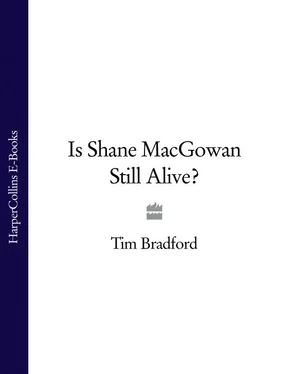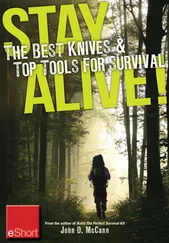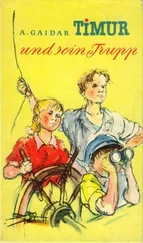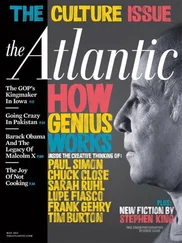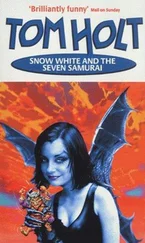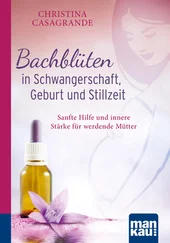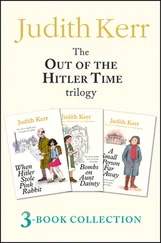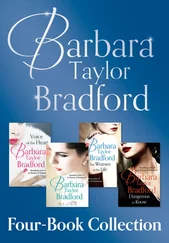When I first arrived in London in 1988, it was still bursting with authentic Irish pubs – ramshackle Victorian or Edwardian edifices which dominated the village high streets and side roads of the city – Muswell Hill, Walthamstow, Shepherd’s Bush, Hammersmith, Hoxton, Ladbroke Grove, Leyton. They may not have had the insignia of boozers back in Ireland – the name of the proprietor painted bright above the front window – but went by mostly prosaic English names, the Bells, Red Lions, White Harts or slightly more obscure monikers like Pelican or Green Man – but everybody knew what they were – and a high proportion of the drinkers within (or if not them, their parents) would have hailed from Ireland.
A creak of the flaky-painted door with its carved-pattern glass and you would enter into a main area of cigarette smoke, alcohol breath, crap aftershave (has anyone ever bettered Old Spice as a flowery counterpoint to the acid stink of maleness?), the crack of pool ball and blur of voices slightly rasping and off key like the trombone and baritone section of a school wind band. Decades of tobacco smoke were caked into the walls. The breathtakingly high, ornate ceilings made them seem like cathedrals of drinking, places of worship for those to whom the Sunday lunchtime pint was the spiritual high point of a week of grind. And the six other days of the week were quite good as well. The landords would either be big, farm-fed, red-faced, two- or three-chinned prop forwards, or red-haired whippet-like gone-to-seed lads with nervous darting eyes and a graceful way on the dancefloor at wedding receptions. Reddish carpet blotched with unidentifiable stains and, like the ageing clientèle, marinated in beer. Scuffed fittings, post-plush velveteen benches to the walls for the older hands to sit side by side, watch the world go by and say that they’d ‘seen it all before’.
The last four years have seen a big change – theme pubs, fun pubs, chain pubs – whatever you want to call them – have been springing up all over the place. Scruffy Murphys, Finnegan’s Wakes, O’Neills, Waxy O’Connors, Bodhran Barneys, Linus the Leprechaun’s Happy Shamrocks (OK, I made that one up). The Irish theme pub has not only arrived in London, it has taken over. What the marketing managers either fail to realise (or more probably don’t care about) is that this has created a shift in attitudes towards Irish culture. What used to be thought of as ancient, romantic and perhaps with a bit of ‘edge’ are now regarded as tacky eyesores, smart-fitted commercial machines with the ubiquity of international high street brands like McDonalds. Real drinkers now eschew a visit to the local Irish pub because it suggests frivolity where once it denoted authenticity, mindless fun where once there was both pleasure and pain, shallowness where once was an almost religious need to get shit-faced. Discord where once there was close harmony singing.
Some might argue that this is a positive aspect of what is jocularly known as the Celtic Tiger, the hard-driving Irish economy of the mid- to late-nineties, that it shows Ireland has become a real country at last and not some has-been backwater, a vessel for nostalgia freaks who dwell on the past, that it is creating new (and annoying) ideas of Irishness, reinventing itself for the new millennium. For those who frequent the places and like to get off on the nuances of culture, history and habit while fulfilling their alcoholic-unit quota, this is bullshit. These pubs are a fake validation of the ridiculous chirpy good-time Oirish vibe (the ones that Americans love so much). Every pint we have in these places is an encouragement for marketing men to rip off and parody a vibrant culture and steal its images. (Pause for breath, see Appendix.)
Down the cold, forgotten warehouse road that leads to the river – past the scrappy hedges and damp walls – lay the ghost of a car, a burned-out Ford Escort of early eighties’ vintage, a pagan sacrifice, a love rite to a favourite Spice Girl from some self-styled juvenile delinquent. Behind the poorly made wooden fence, idle bulldozers waited for the next morning’s shift when time will move nearer another new block of viciously ugly luxury apartments with river views. I inspected the car, thinking that it used to belong to somebody but now no-one, as a police helicopter waited overhead, then somewhere a siren, then a gunshot sounded, or was it a criminally faulty gas cooker perhaps taking the heads off some eager diners at a student lager and spag bol evening?
The light was going down, reflecting warmth against the scaffolding on the Harrod’s Depository. Or ‘Harrods Suppository’, as one of my friends used to call it in all innocence, the same friend who thought that West Ham played at Hammersmith. Which, when you think about it, isn’t so strange. Seeing the shell of a motor made me decide that I should check the battery on the little Corsa. I didn’t want it to go flat again. It would soon be going on a journey.
1Eric Heiden, say. Not Wilf Thingy, the plucky English bloke.
2In a more recent, deadline-challenging development, Fernando’s greasy spoon business has been bought out and is now another Italian restaurant.
3A while later I was writing up the notes to this chapter on the same train and a modernist tramp sat down next to me, smelling of BO, roast kidney and special brew, and fags, his purple jeans darkened with recently squirted urine. Was I inadvertently attracting the tramps while writing about them?
4In my mid teens I spent day after day reading my favourite authors, Jack Kerouac and George Orwell. I loved Down and Out in Paris and London but there was also something slightly warped about it, the sordid voyeuristic slumming of a middle-class bloke with too much time on his hands. Incidentally, how do you know if you’re a tramp? Is it genetic, mapped out generations before? One of my ancestors used to head off from his Buckinghamshire village home at regular periods to pubs and clubs in the Midlands to play the squeeze box and the spoons. My great grandmother’s family in Yorkshire were horse people, which was apparently a euphemism for gypsy stock. I’d seen a photo of her father, looking tall and strong with a big black Victorian moustache. I imagined him looking proud on horseback.
6Historically speaking, the Irish village in Hammersmith, at least in the nineteenth century, was actually about half a mile to the north-west at Brook Green.
7As well as the Irish centre there’s a thriving busker scene in west London, usually situated in the subway at the top of Fulham Palace Road. The best of them is known simply by his unofficial stage name Bloke with Organ in a Wheelchair. He’s a fat old fellow with grey hair and glasses; a more recent addition to the scene. He rests his organ on a stand and plays Irish classics, usually with a tinny drum machine diddling away in the background. One of his better numbers is ‘When Irish Eyes are Smiling’, which goes something like this: Bum bh bum phh daao daaaoooo daooo daoaooo daooo daoo daooo Bum bh bum phh daao daaaoooo daooo daoaooo daooo daoo daooo Bum bh bum phh daao daaaoooodaooo daoaooo daooo daoo daooo. tinkle dee dee deeeeeeeeeee’. I once saw him stand up and pack all his stuff away and for a second I was outraged that I’d given him money not because of the music but because of his disability but then I thought it serves me right, transport is a big problem in London when you’re getting to gigs.
8 Finnegans Wake is the James Joyce book that nobody has read. Ulysses is also the James Joyce book that nobody has read, but everyone claims they have (that’s why it is now the Citizen Kane of novels, up there at the number one spot in recent lists of the best novels of the century). Finnegans Wake was Joyce’s last book, his mangled and messianic attempt to reinvent the language and structure of the novel and piss people off at the same time (he was probably much more successful at the latter). Of course, I don’t really know what I’m talking about, not having read it.
Читать дальше
